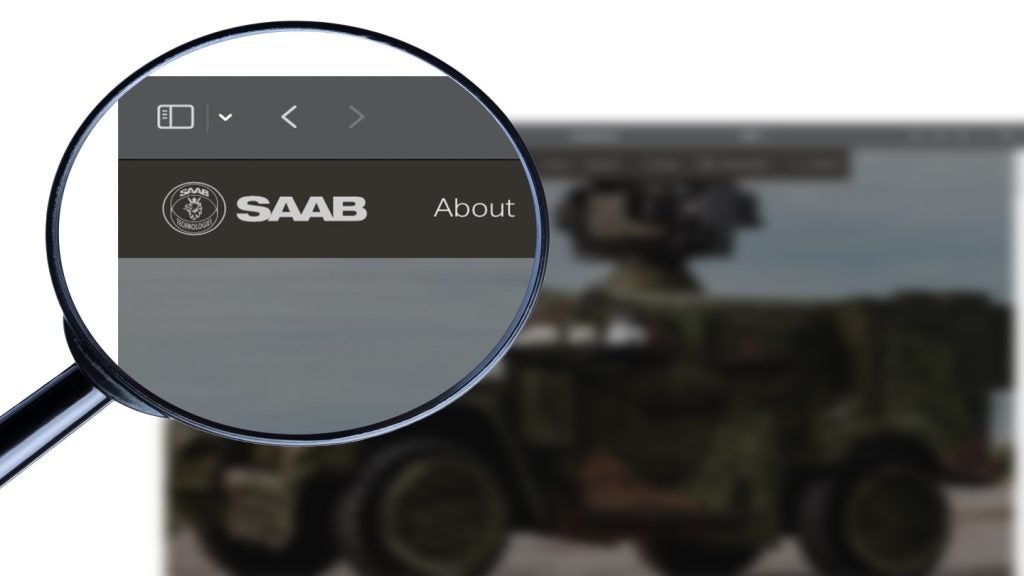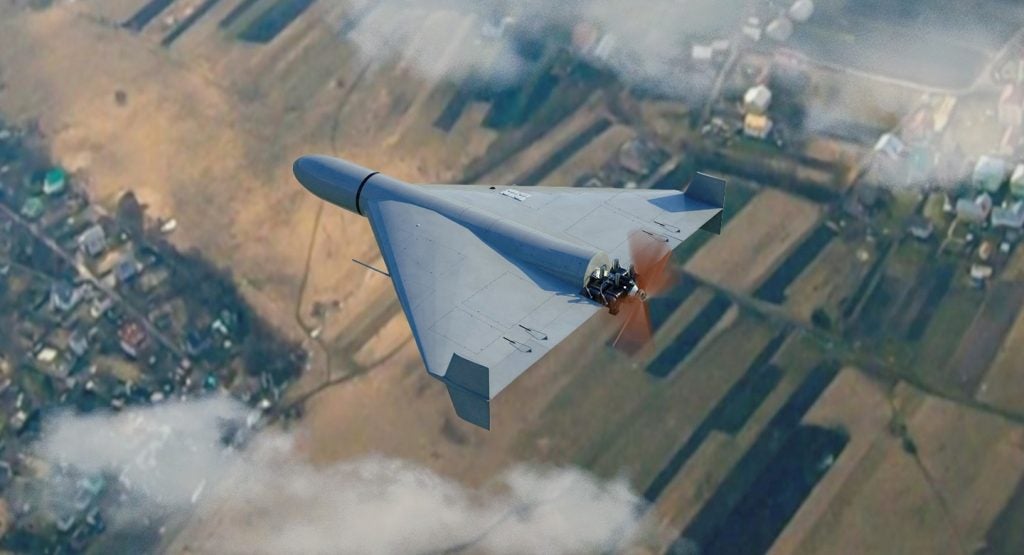A new portable biosurveillance device is being developed to detect harmful bacteria and their potential to cause harm under the US DARPA Friend or Foe programme.
Information provided by the device will assist the future development of medical countermeasures and improved screening tools.
Biosurveillance technology being developed by Raytheon will be able to detect bacterial pathogens as soon as or before they pose a threat to the military and homeland.
The objective of the programme is to find a solution for undiscovered bacterial strains or bacteria engineered to evade detection as existing biosurveillance strategies are not effective enough to tackle these threats.
Friend or Foe programme seeks to characterise bacteria quickly through the examination of its behaviour in order to resolve the problem.
This will allow for it to be determined whether an unknown bacterium is harmless or dangerous so that troops can be protected from unknown threats.
How well do you really know your competitors?
Access the most comprehensive Company Profiles on the market, powered by GlobalData. Save hours of research. Gain competitive edge.

Thank you!
Your download email will arrive shortly
Not ready to buy yet? Download a free sample
We are confident about the unique quality of our Company Profiles. However, we want you to make the most beneficial decision for your business, so we offer a free sample that you can download by submitting the below form
By GlobalDataRaytheon BBN Technologies Friend or Foe programme principal investigator Aaron Adler said: “Population growth, global travel, climate change, all of these factors increase the risk of exposure to unfamiliar bacteria.
“Most of those bacteria are harmless or even beneficial, but our goal is to develop a system that lets people know quickly when they are not as a cue to take mitigating action.”
The screening process involves the collection and isolation of a single bacterium in a small cube with a porous membrane.
Sensor arrays incorporated in the cube record initial measurements on a series of metrics, including respiration, consumption of specific nutrients and metabolite production.
Thereafter, the process will include extracting and exposing suspect bacteria to synthetic substances that mimic human tissues to test for pathogenicity.
Adler said: “To get a reliable risk assessment, we need to understand not just the bacteria’s genetic makeup, or genotype, but how it functions, its phenotype.
“We’re looking at ways to subject the bacteria to a gauntlet of behaviour screenings so we can determine its ability to cause disease.”
The biosurveillance device programme assumes significance as the risk posed by unknown bacteria is increasing due to environment changes, population explosion and proliferation of tools for genetic engineering.







